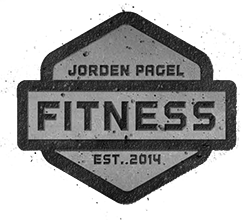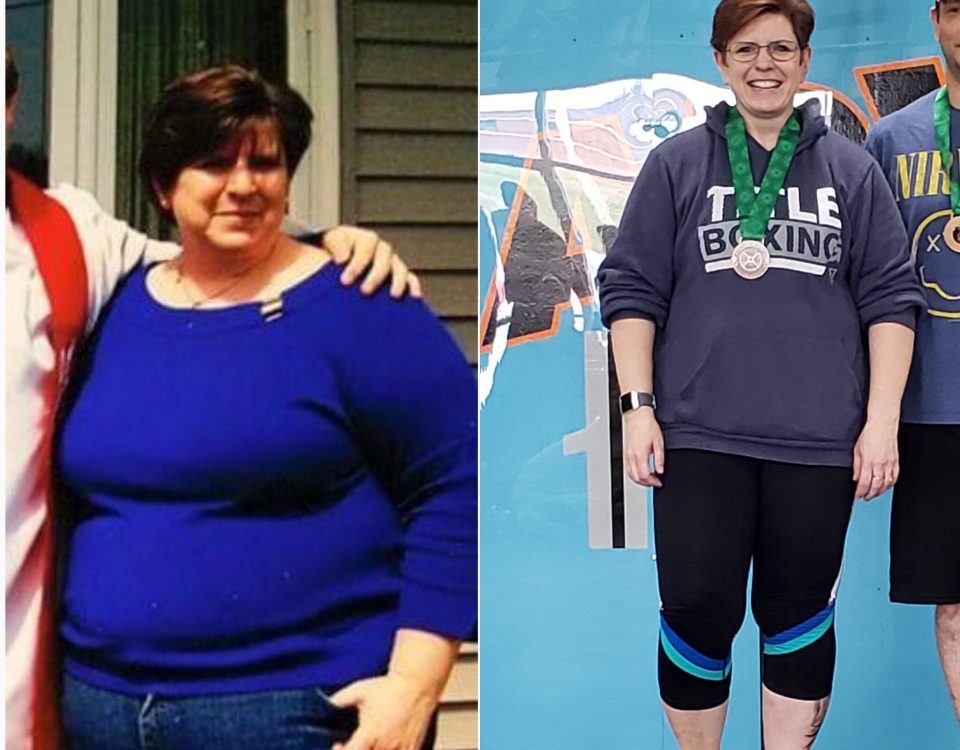What is Intermittent Fasting? Part 2: Methods and FAQ
 In my last post, I introduced Intermittent Fasting and talked about the role IF can play in the fat loss process. If you missed that, you can read it here. Today I am going to talk about the different methods of Intermittent Fasting, as well as address some common questions associated with it.
In my last post, I introduced Intermittent Fasting and talked about the role IF can play in the fat loss process. If you missed that, you can read it here. Today I am going to talk about the different methods of Intermittent Fasting, as well as address some common questions associated with it.
Lets start by discussing some of the more popular methods of Intermittent Fasting. Note: these are only methods that I have lots of experience with and have used personally. There are a few other methods such as The Warrior Diet and Alternate Day Fasting that are also IF protocols, but I have no experience with these and cannot give an in-depth, objective analysis.
1. Eat Stop Eat
Eat Stop Eat can really be considered the foundation for which most fasting methods are based and author Brad Pilon is often credited as the godfather of the IF movement.
Brad’s method calls for two 24-hour fasts per week. During the fast, you cannot consume any food, but water and zero calorie beverages are fine. You can start and break the fast however it best fits into your schedule, as long as for 24 hours you aren’t eating or drinking anything with calories.
Pros: The way it works is simple caloric restriction. By fasting for 24 hours, you are essentially cutting out one or two meals. Then when you are done, you just resume your normal eating schedule.
One of the most attractive things about the Eat Stop Eat method is that there is no calorie counting; no food is off limits. You can basically eat whatever you want.
Notice I said “whatever,” not “as much as.”
You still need to be smart with your diet. In the book Brad preaches moderation. You can’t go on a free for all when your 24 hours is up and think that fasting will magically negate all of that.
Fast for 24 hours twice-a-week, eat how you normally would, and mix in exercise a few days a week (Brad (and myself) recommends resistance training for best results). That simple.
Cons: The lone con with Eat Stop Eat is that 24 hours can be a long time, especially for someone who has never fasted before. Brad recommends fasting for as long as you can to start, and then gradually work your way up from there. Say your first fast you make it 18 hours. Next time, try for 19. Work yourself up to it. Also try and schedule your fast for times when you know you will be busy. This often makes it easier as you’re not focusing on it as much, if at all.
Personal Experience: Eat Stop Eat was the first form of fasting that I experimented with. Much to my surprise, I found that going 24 hours without eating really wasn’t that difficult at all. Two things that helped me were 1) Drinking lots of water, and 2) Staying busy. I would schedule my fasts during the week, so I would be working most of the day while I was fasting. This helped keep me busy and my mind off of eating.
2. Leangains
Leangains is a daily 16/8 fasting protocol wherein you fast for 16 hours, followed by an 8 hour feeding window in which you consume all of your calories. Developed by Martin Berkhan, Leangains was designed with training in mind, and is based on the concept of carb cycling, where on training days your carb intake is high and your fat intake is low, and on non-training days your fat intake is higher and your carb intake is low. Protein is generally kept the same both days. The Leangains protocol also calls for your food sources to be as whole and unprocessed as possible.
Pros: Leangains has a number of benefits, one of which being its consistency. With this method you are fasting every single day, but only for 16 hours (14 for women), not 24 hours twice a week like Eat Stop Eat. Most practitioners of Leangains find it easiest to fast through the night and into the morning, breaking the fast somewhere around noon. This consistency also allows your body to get use to your feeding schedule, meaning after awhile you probably wont feel hungry during your fasts.
Another pro of Leagains is the added hormonal benefits you get from daily fasting, as opposed to only twice per week. This daily hormonal boost will lead to greater results in your fat loss and also will help with your training.
Cons: The only negative about the Leangains method is the schedule can be difficult for some. Leangains typically calls for the fast to be broken immediately post workout, meaning you perform the workout fasted. This is the most effective way.
However, for a majority of people who work 9-5, they either workout in the morning or in the evenings. Generally, I’ve found it works best to keep the feeding window the same and workout when your schedule allows.
If you have to train right away in the morning, you can move your feeding window up a couple hours and still be able to have dinner with the family at home. If you are going to train right away in the morning however, Martin recommends supplementing with Branded-Chain Amino Acids post workout. You can read more about that here.
If you can only train in the evenings, my experience has been to keep your first meal small, with minimal carbs. Then make your post workout meal in the evening your biggest meal of the day, with a majority of your carbs in that meal. Either way, you’re not following the protocol to a tee, but you are still getting most of the benefits.
Personal Experience: This is the style of IF that I practice on almost a daily basis. It’s easiest for me because I don’t have a set daily work schedule (I’m writing this at 9:27 on a Friday night). The Leangains method really optimizes the hormonal boost you get from fasting by pairing it with your training. That means that to get the best results, you must be serious about your training and be training consistently.
3. Feast/Fast
Made popular by my favorite fitness dude John Romaniello in his fat loss programs, Feast/Fast is certainly the most, lets say “extreme”, of the fasting protocols. It goes like this: a “cheat” day in which you eat until your little heart’s content, followed by a 36 hour fast.
The cheat day provides two benefits. First, dieting can be hard psychologically. A day where you know you can eat what you want makes it easier to stick with you diet program the other six days of the week.
Second, cheating has hormonal benefits. The quick version is this: There is a hormone in your body called leptin which aids in fat loss. When you diet (restrict calories) leptin levels drop, slowing fat loss. A brief period of overeating (think cheat day) will boost leptin and allow fat loss to continue.
Pros: The reason for this fast length is two-fold. One, John found that it helped relieve digestive stress that can come from a day of gluttony (I can attest to this), and two it helps balance out the caloric spillover that can occur from an all out cheat day. You have a cheat day in which you overeat, immediately followed by a fast day where you consume nothing, which minimizes any fat gain that may come from a cheat day. Then the rest of the week you just continue your normal eating schedule, whatever it may be.
Cons: The big and obvious drawback is the 36 hour fast. A whole day and a half without consuming anything can seem like a daunting task. Instead of jumping into it right away if it feels like too much, John recommends a small meal of about 400 calories the night of the fast day. This allows you to consume some calories while still getting most of the benefits of the fast.
Personal Experience: I’ve done a couple of John’s programs before so I have first hand experience with this. If you do not like all out cheat days, this is not for you. I was also never able to complete the full 36 hours, usually opting for a small meal on my fast day. This however I think had more to do with when I scheduled cheat day more than anything.
John recommends putting your full fast day on a day where you know you are going to be busy, like a Monday, as it helps keep your mind off of the fast. That puts your cheat day on a Sunday. This is not a hard and fast schedule though, just what works best for him. I did a Saturday cheat/Sunday fast just because Saturdays where usually my socializing days.
Fasting FAQs
Now that we’ve discussed some of the more popular methods for using IF, lets take a look at some common questions that come up regarding the practice of fasting.
1. I get really hungry during my fast. Is there any way to combat this without breaking the fast?
Hunger pangs are a common occurrence people face when they first start fasting. The reason for this is actually because of a hormone in your body called ghrelin. Ghrelin controls hunger and is produced when you eat. So the more you eat, the more ghrelin is produced, making you feel hungrier more often. The production of ghrelin is based on your eating schedule, so you are typically going to feel hungry around the times you normally eat.
When you start fasting, your body doesn’t realize that you aren’t going to feed it when you normally do, so it will still produce ghrelin in the beginning. After awhile though, your body will adapt to your new eating schedule and produce ghrelin less often, meaning you will not feel hungry as often either.
A good way to combat this is by drinking a lot of water during your fast. This can help control hunger as drinking a lot of water can help trick your body into thinking its being fed. Also, dehydration can often mask itself as hunger pangs, so if you feel hungry, chances are you could just be dehydrated.
2. Speaking of breaking the fast, what can I consume while I am fasting without taking myself out of the fasted state?
The good news is yes, there are a number of things that you can consume during your fast without breaking it! Such things as water, black coffee, green tea, diet or zero calorie sodas, or any other zero-calorie drink can be consumed during your fast. You can even add a splash of milk or cream to your coffee if you like! The general rule is that anything over 50 calories will break the fast, so unless you’re having multiple cups of coffee while adding milk or cream to each cup, you should be fine.
I’m sure some of you may have more questions beyond the scope of what’s covered in these two articles. Feel free to post them in the comments and Ill hit you back with an answer.
As you can see from this article, there are many different ways to incorporate IF into your program. IF is adaptable to almost any lifestyle…that’s what makes it so great!
It’s important to remember that while it does have a host of benefits, it’s not magic. IF is not going to get you lean if you have a crappy diet or poor training program. Intermittent Fasting is another weapon in your arsenal that will complement a good training and nutritional program to help you achieve optimal results.
So give it a shot, see if it works for you!
If you’ve done any form of IF in the past, go ahead and share your experience in the comments below.




1 Comment
[…] Check out part two where I discuss some of the more popular IF methods and answer some frequently asked fasting […]